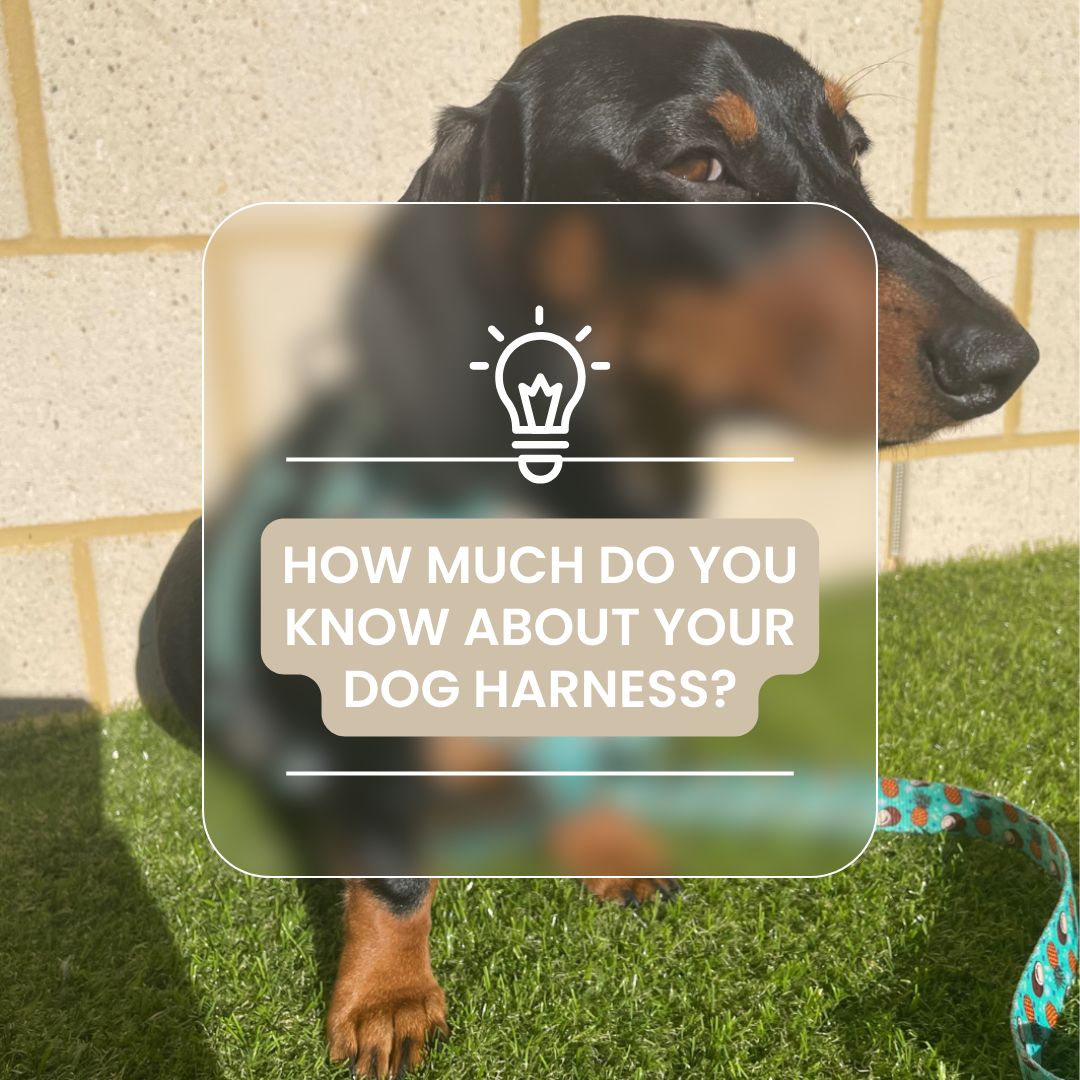
Dog harnesses, sizes, shapes and more, how much do you know?
Share
A Brief Introduction Before We Dive In
Before we get into one of the more debated topics in the pet world, we want to be clear: we don’t claim to know it all. Everyone is entitled to their opinion, and while we may not all agree, this is ours. We've done our research, reached out to veterinary professionals, conducted surveys, carried out tests, and drawn our conclusions.
Ultimately, as pet parents, it's our responsibility to choose what’s best for our furry companions. This means selecting products that align with their individual needs, lifestyle, size, breed, activity level, and life stage. What works well for one dog might not be suitable for another — and that’s an important thing to keep in mind.
Happy reading!


Finding the Right Gear Starts with Fit
When buying gear for your dog, the most important factor is ensuring a proper fit — for both comfort and safety. Always take accurate measurements of your dog and refer to the size guide. Avoid anything too tight or too loose, and if you’re between sizes, it’s usually better to size up — especially if your pup is still growing.
Think of it like choosing your own clothes: you wouldn’t wear shoes that cause blisters or restrict movement. The same goes for your dog. Choose gear that’s breathable, adjustable, and allows for free movement to prevent discomfort, chafing, or injury.
Why Movement Matters
A well-designed harness should allow your dog to move naturally. Restrictive gear can lead to injuries or exacerbate existing issues — especially for dogs that pull on the leash. A good fit combined with appropriate training can make a huge difference. If pulling or reactivity continues, consulting a professional trainer can help you address these behaviours effectively.
So how do you choose your dog harness?
Opting for an adjustable harness is a smart investment, particularly for puppies or young dogs still growing. These can adapt as your dog changes in size and shape. If you’re overwhelmed by the variety of styles, don’t hesitate to ask your vet or a certified trainer for personalized advice.
Different activities call for different harnesses. A lightweight, standard harness is perfect for casual walks, while hiking may require a more padded, durable design with a handle for added control. For running, a no-pull or sport-specific harness can help you and your dog stay in sync. Planning on swimming? Consider swapping the harness for a properly fitted canine life jacket for safety.
Final Thoughts
We hope this guide has helped bring some clarity to the sometimes confusing world of dog gear. Making informed choices will ensure that your pup is both safe and comfortable — no matter the activity.
